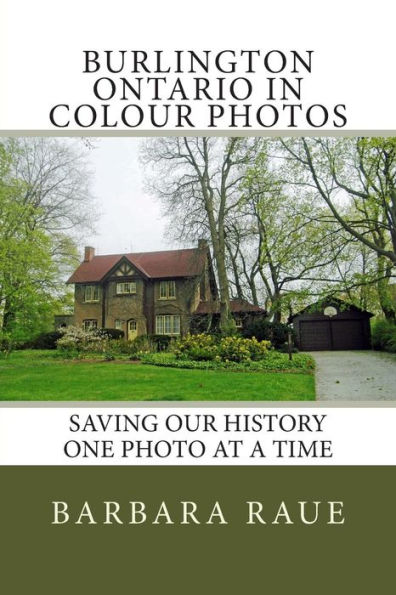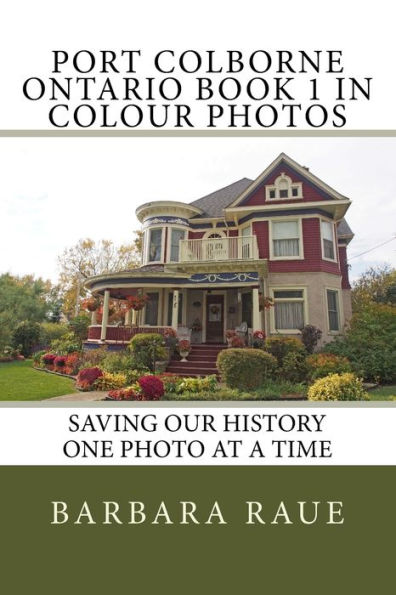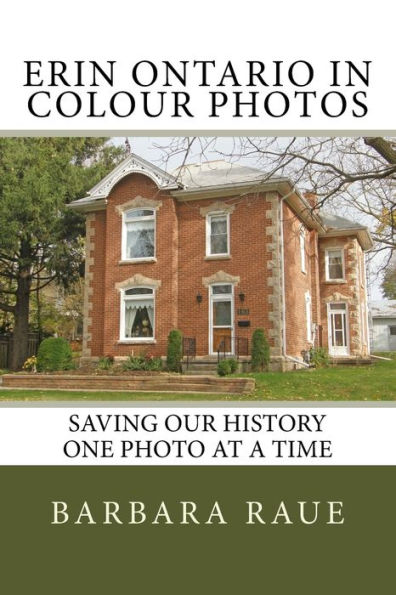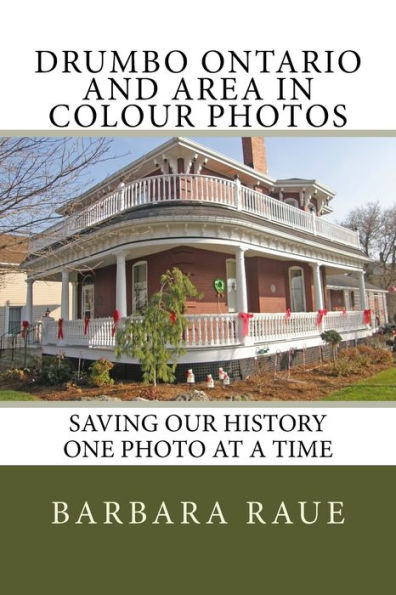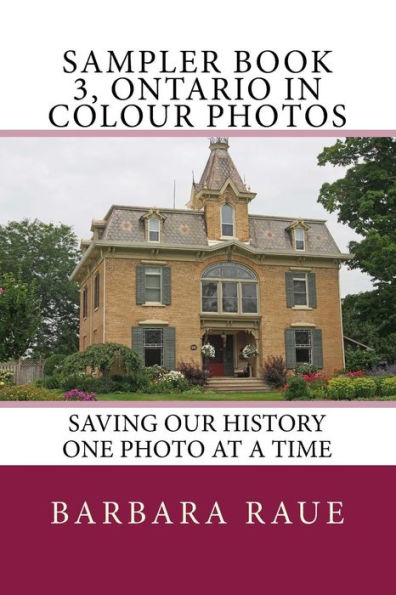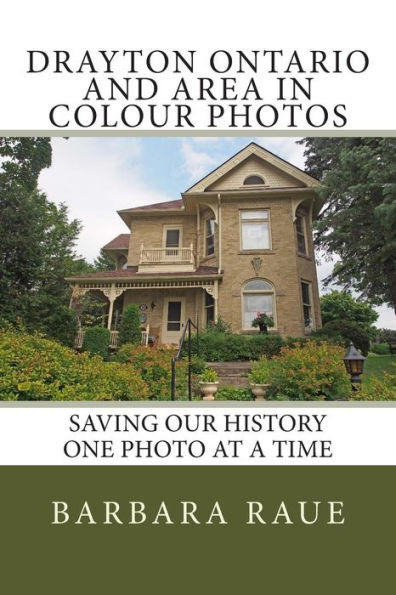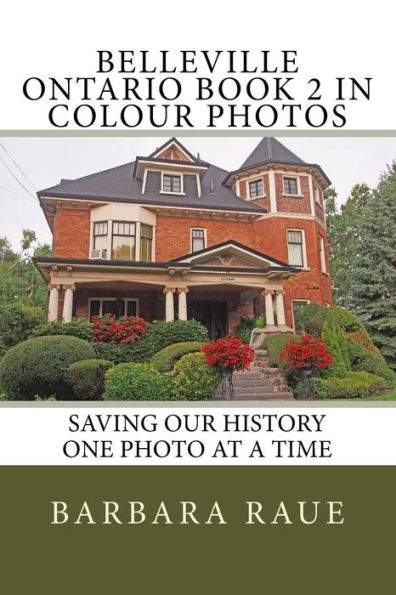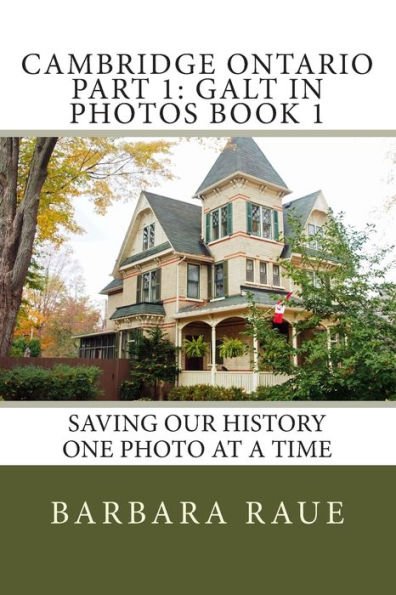Home
Cornwall Ontario in Colour Photos: Saving Our History One Photo at a Time
Loading Inventory...
Barnes and Noble
Cornwall Ontario in Colour Photos: Saving Our History One Photo at a Time
Current price: $12.49


Barnes and Noble
Cornwall Ontario in Colour Photos: Saving Our History One Photo at a Time
Current price: $12.49
Loading Inventory...
Size: OS
*Product Information may vary - to confirm product availability, pricing, and additional information please contact Barnes and Noble
Cornwall is Ontario's easternmost city, located on the Saint Lawrence River about 100 kilometers southeast of Ottawa. It is named after the English Duchy of Cornwall. It is the seat of the United Counties of Stormont, Dundas and Glengarry.In June 1784, disbanded Loyalist soldiers and their families settled at New Johnstown, the site of present day Cornwall. Native traders and French missionaries and explorers came here in the 17th and early 18th centuries. By 1805 Cornwall had a court house, a schoolhouse, two churches and many homes. The construction of the Cornwall Canal in 1834-42 accelerated its development. Mills and large factories were erected along the canal.The Cornwall Canal, a series of locks which carried boats18.5 kilometers around the rapids, was used for over one hundred years. Power drawn from the canal attracted textile and paper mills. The textile industry played a major role in Cornwall's economic and cultural development. This canal was one of eight canals that connected western Canada with the ocean by way of the Great Lakes and the St. Lawrence River. The Canal was an important shipping center until the completion of The St. Lawrence Seaway in 1959.Eastern Ontario has always been a highway or corridor through which people moved, a corridor used by migration and conquest. Prior to European colonization, the Mohawks and Six Nations Iroquois settled and raided through the St. Lawrence valley. The French and British fought over the waterway and, after the American Revolution in 1812-14, it became a battleground between Americans and Canadians. Formally founded to be a new home for refugees, it remained a home for refugees and migrants for much of its history.Slavery was ended in the colony of Upper Canada in stages, beginning in 1793 when importing slaves was banned, and culminating in 1819 when Upper Canada Attorney-General John Robinson declared all slaves in the colony to be freed, making Upper Canada the first place in the British Empire to unequivocally move towards abolition.The aftermath of the American Revolution resulted in the formal division of Upper and Lower Canada (later Ontario and Quebec) to accommodate Loyalists fleeing persecution in the new United States, and distribution of land throughout Southern Ontario brought major change to Eastern Ontario.Cornwall was unusually integrated for a town in Ontario. For hundreds of years, the local population has been characterized by a mix of economic migrants, refugees and opportunists. Mixing of different social classes and ethnic backgrounds was common even early in its history, due to the interdependence demanded by isolation and the lack of support or interference from authorities.Cornwall was once home to a thriving cotton processing industry. Cornwall's industrial base has now shifted to a more diversified mix of manufacturing, automotive, high tech, food processing, distribution centers and call centers.
